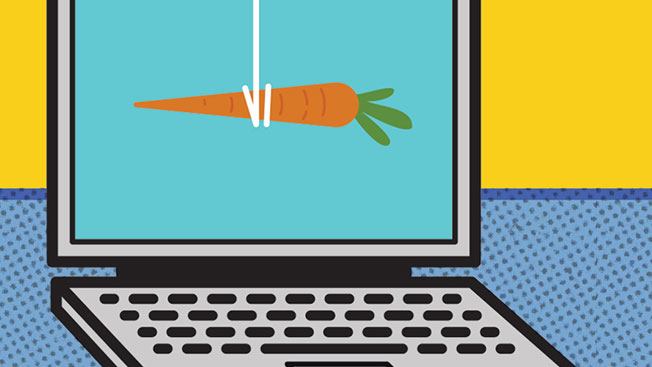Everybody is trying to eat each other. For years traditional agencies have been acquiring or developing digital resources with varying degrees of success. And as digital agencies have become powerhouses in their own right, it’s only natural that they have begun to eye a broader spectrum of communications to sustain growth.
While the traditionals (agencies) are comfortable adding digital talent resources, they still find it difficult to absorb and champion digitally inspired marketing philosophy. The digitals, on the other hand, still see themselves as the advertising world’s challengers and struggle to build or manage the very windmills they grew up tilting at.
It all leads to a lot of conference rooms with great talent from all sides of the equation scratching their heads and wondering what to do.
There are two key problems here that often block the path to that answer: bandwidth and earned versus paid media.
The traditional advertising process is deeply rooted in paid media. The core task of the traditional team is to tell consumers about the product in the best way possible. They don’t need to ask for permission to tell their stories—paid media takes care of that.
The digital guys, however, are obsessive permission seekers. Even most paid advertising online is competing for your attention with several other messages on the same page or screen. Digital folks spend a lot of their time worrying about how they get the consumer’s attention before they can actually talk about the product.
Both approaches are enormously valuable and produce different kinds of great work. The trick is fitting them together. Then there’s bandwidth. A TV spot contains millions of bytes of data per second: music, movement, sound, speech.
This is why it’s such a strong instinct to lead your client presentation with the TV spot. It’s rich with data and impact. Same goes for a manifesto. Five hundred words of glorious brand poetry read by your most impassioned gravel-voiced creative uses lots of bandwidth to get everyone in the conference room on the edges of their seats.
But then you’ve got the challenge of “downsizing” a campaign idea from TV terabytes to tiny tweets. A 30k banner is a mere sliver of the bandwidth of a human interaction or piece of film. And shrinking your manifesto masterpiece into a 140-character tweet or 70-character post that also has to ask for the reader’s attention and permission is a gargantuan task.
So here’s the trick that puts all your executions on the same page: treat everything as earned media. Whether you have a $50 million TV buy or not, act like you don’t. Pretend that nobody gets to see any of your ideas unless they click.
Consumers don’t get to hear the manifesto before they see an ad. Put yourself in the same position. When you hear an idea, hold the manifesto for later. Start with the tweet or post that makes the consumer want to watch the ad.
Start with the click bait.
If you can write a compelling and clickable title for your ad, then it’s going to be a good ad. And what’s more, it’s a scalable idea. You know from the start that it’s effective whatever the bandwidth.
Can you ID these classic ads from their imagined click bait?
“How does a snowplow driver get to work? The answer will surprise you.”
“Bet you can’t guess what the one thing you’ll hear inside a Rolls-Royce is.”
“Six people that achieved international fame from thinking differently.”
“How these hipster dudes greet each other is hilarious and contagious.”
You’ll still need your manifesto—it’s a useful document. You can still lead with it if that works for you. But if you try asking your teams to express every idea this way in the process, then cross-media integration will flow naturally.
It works for TV, radio, billboards, banners, websites, games even. Click bait reveals how compelling the idea can be. The only thing you won’t want to write click bait for is your click bait. Too meta.
Steve Hicks (@TwitH1x) is a digital brand consultant and was the creative co-founder of mcgarrybowen’s digital practice.








